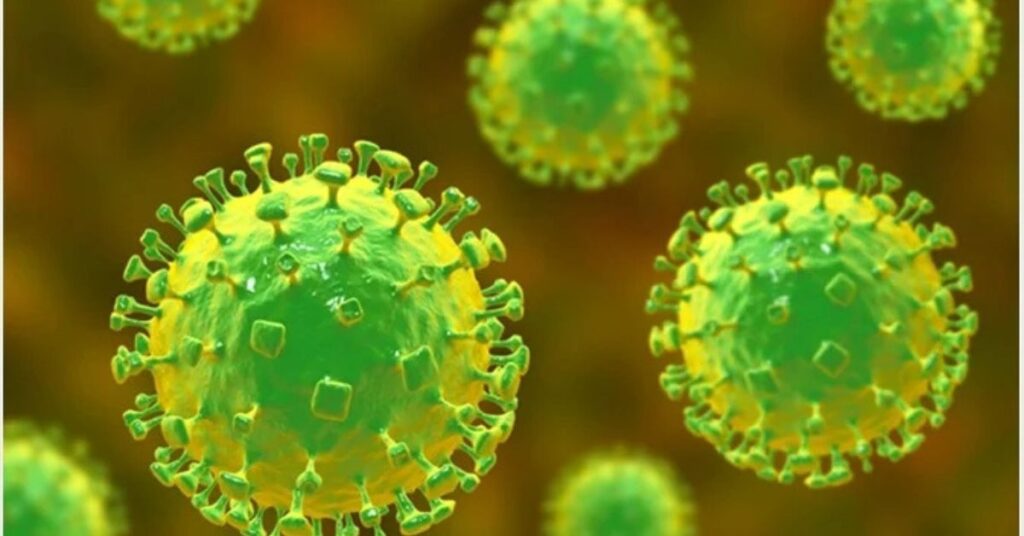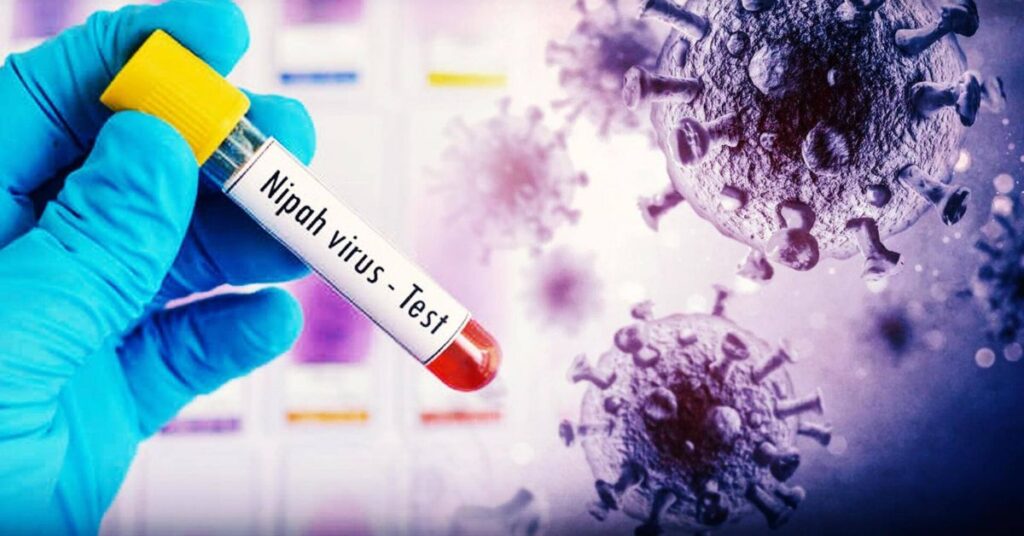Shopping cart
Recent Posts
Subscribe
Sign up to get update news about us. Don't be hasitate your email is safe.
Shopping cart
Recent Posts
Subscribe
Sign up to get update news about us. Don't be hasitate your email is safe.
Sign up to get update news about us. Don't be hasitate your email is safe.
Sign up to get update news about us. Don't be hasitate your email is safe.

Nipah Virus (NiV) is a highly contagious and deadly zoonotic disease that has emerged as a serious public health concern in parts of South and Southeast Asia. With a high fatality rate and the ability to spread from animals to humans and between people, understanding the Nipah Virus is essential for prevention and control. This blog covers the causes, symptoms, transmission methods, diagnosis, and treatment options for Nipah Virus.
Nipah Virus is a zoonotic virus, meaning it spreads from animals to humans. It was first identified in 1999 during an outbreak among pig farmers in Malaysia. Since then, several outbreaks have been reported in Bangladesh and India, particularly in the state of Kerala. The virus belongs to the Henipavirus genus in the Paramyxoviridae family.
Nipah Virus can cause a wide range of illnesses, from mild symptoms like fever and headache to severe conditions such as respiratory distress and fatal brain inflammation (encephalitis). Due to its severity and lack of a specific treatment or vaccine, Nipah Virus is considered a priority pathogen by the World Health Organization (WHO).
The natural hosts of the Nipah Virus are fruit bats, also known as flying foxes. These bats can transmit the virus to other animals or directly to humans.
Common causes of infection include:
Healthcare workers and family members caring for infected individuals are at higher risk due to close contact.

The incubation period (time between exposure and onset of symptoms) typically ranges from 4 to 14 days. Symptoms often begin with flu-like signs and can rapidly progress to more severe conditions.
Early symptoms include:
In severe cases, the virus can cause:
The mortality rate varies from 40 to 75 percent, depending on the quality of healthcare and speed of diagnosis.
Nipah Virus spreads in several ways:
Unlike some viruses that require insect vectors like mosquitoes, Nipah Virus can spread directly between humans, making it especially dangerous during outbreaks.
Early diagnosis is critical to managing the infection and preventing further spread. However, symptoms often resemble other common illnesses, making early detection difficult.
Diagnostic methods include:
Doctors typically consider recent exposure history and symptoms before confirming the diagnosis.

Currently, there is no specific antiviral drug or vaccine available for Nipah Virus. Treatment is primarily supportive, focusing on relieving symptoms and preventing complications.
Supportive care may involve:
Experimental treatments and vaccine research are ongoing, but no approved solution is yet available.
Since there is no cure, prevention is the most effective approach.
Key preventive measures include:
Public health authorities also recommend isolating infected individuals and tracing their contacts to contain outbreaks.
Nipah Virus is a dangerous and unpredictable virus that demands serious attention. With no specific treatment or vaccine, awareness and preventive measures are the best defenses. Staying informed, practicing hygiene, and avoiding potential sources of infection can help protect individuals and communities from this life-threatening disease.
If you experience any unusual symptoms after traveling to or living in high-risk areas, seek medical attention immediately. Early action can save lives.
Air India Plane Crash Deep conditioning hair mask India Plane Crash Kerala Nipah Virus Kerala Nipah Virus 2025 Kerala Nipah Virus news Kerala Nipah Virus outbreak Nipah Virus cases in Kerala Nipah Virus infection Kerala Nipah Virus latest update Kerala\ Nipah Virus safety precautions Nipah Virus symptoms Nipah Virus treatment Kerala PM Modi
Copyright 2025 The Blog Release. All Rights Reserved.